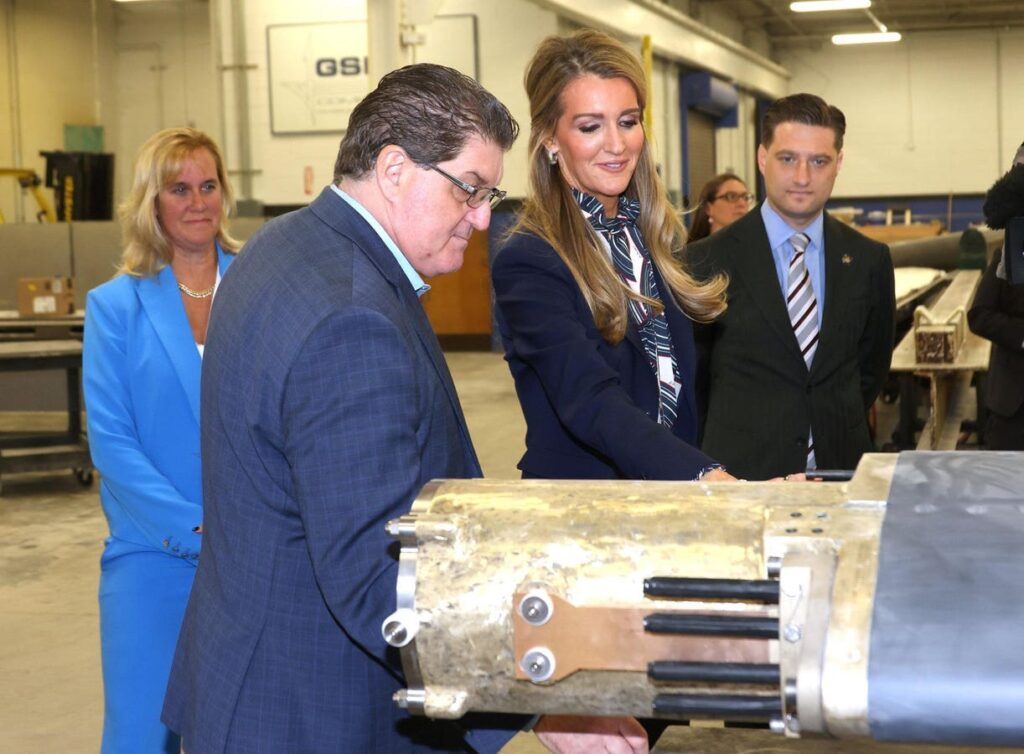The Small Business Administration says it is now in the matchmaking business.
On May 20, the SBA introduced a new tool to help firms source goods closer to home. The “Make Onshoring Great Again Portal” is part of the Trump administration’s broader push to revive American manufacturing–one of the justifications it has offered for steep new tariffs. .
The free database connects small businesses with more than one million U.S.-based suppliers. It pulls from three private platforms: IndustryNet, which tracks U.S. manufacturers; ThomasNet, a longtime industrial sourcing site; and CONNEX, built by Utah-based i5 Services, started as a state tool and later expanded nationally with help from the National Association of Manufacturers. The portal is new. The data isn’t. The SBA is betting that packaging it in one place will make a difference.
(Join us for a live in-depth discussion with audience Q&A on What’s Next For U.S. Small Businesses And Entrepreneurs on Wednesday, May 28 at 12 pm EST. Register today.)
The rollout comes with the usual self-congratulation.
Administrator Kelly Loeffler said it gives small businesses a “direct line” to American suppliers and called it a step toward rebuilding the country’s industrial base. The message is that firms will stop buying from abroad if they just know where to look.
The portal is just one part of a broader push. In addition to the tariffs, the SBA launched the Made in America Manufacturing Initiative, aimed at boosting access to capital, expanding the skilled workforce, and cutting what it says is $100 billion in red tape. The agency is also backing a bill in Congress that would double the SBA loan cap for small manufacturers. It’s a multi-pronged effort to bring production back home.
None of this, however, addresses why businesses turned to China in the first place. Labor is cheaper. Production is faster. Many items made there, as highlighted by respondents to a survey conducted this year by the Reshoring Institute, aren’t made in the U.S. at all. Certain electronics, machine parts, and textiles, have little or no domestic production left. For many small firms, the choice has never been about a lack of awareness of good local alternatives–because there simply aren’t any.
Consider, for example, something as simple as a T-shirt. In 2024, one fashion designer sourced quotes from factories around the world and found that sampling and manufacturing costs in the United States were two to five times higher than in China, Bangladesh, Vietnam, and Pakistan. She knew exactly where to look. It didn’t change the math.
Matchmaking is one thing. Making it work is another. The hard part isn’t finding suppliers. It’s making the numbers add up.
More from Forbes
Read the full article here











